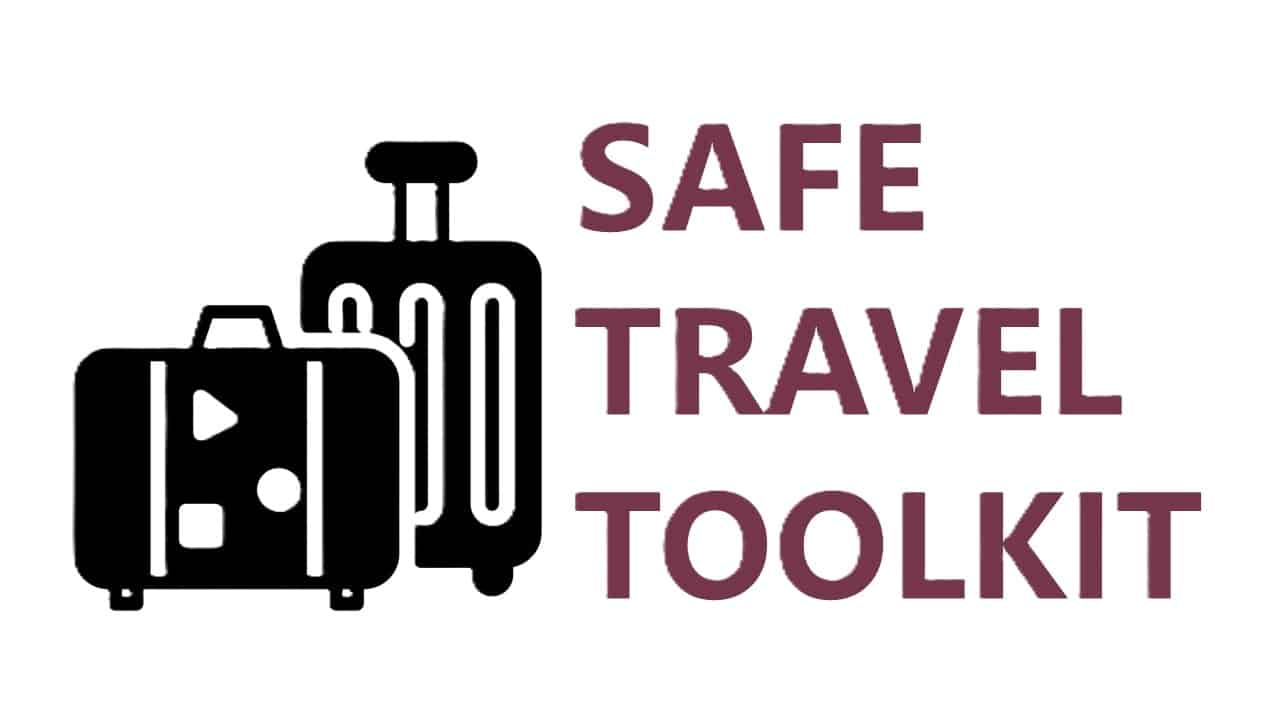Travel Outdoor Accident Management, a true story : During a hiking trip in the Rockies, Lucas and his friends encountered a sudden outdoor emergency. While navigating a tricky trail, one of them slipped, resulting in a sprained ankle. With limited cell service and first aid knowledge, they initially panicked. However, they soon rallied, using basic first aid techniques and improvising a stretcher with branches and jackets. This incident underlined the importance of preparedness for outdoor accidents and the value of teamwork in crisis situations.
Travel Outdoor Accident Management – Outdoor Safety While Traveling – Managing Accidents
When you go on vacation, it’s common to engage in outdoor activities to enjoy nature and new experiences. However, it’s crucial to consider the potential risks associated with these activities and know how to react in case of accidents. Here’s a comprehensive guide to help you stay safe and effectively manage accidents related to outdoor activities when you’re far from home.
1. Risk Assessment: Before heading out for a hike, study the weather conditions and trail status. Have a contingency plan for sudden storms or injuries.
2. Activity Selection: Choose activities that match your skill level. If you’re a novice at rock climbing, consider taking a class before attempting a challenging route.
3. Safety Gear: Wear the appropriate safety gear for each activity. For example, when biking, ensure your helmet is properly fitted.
4. Child Supervision: Always keep an eye on children during outdoor activities. Teach them to recognize hazards and follow safety rules.
5. Emergency Preparedness: Learn basic first aid, including how to treat cuts, sprains, and insect stings. Carry a first aid kit on every outing.
6. Responding to Accidents: If an accident occurs, ensure the victim’s safety and call for help if needed. Know the local emergency service contacts.
7. Reporting Incidents: If you witness a serious incident, report it to local authorities. Your call could save lives.
8. Learning and Prevention: After an incident, analyze what happened and how it could have been avoided. Use this experience to enhance your future safety.
Risks Mapping and dangers on vacation, far from home
- Wilderness Incident Handling
- Adventure Travel Safety Coordination
- Outdoor Emergency Response
- Journey Hazard Management
- Trekking Accident Control
- Vacation Risk Mitigation
- Nature Excursion Incident Management
- Travel Crisis Management
- Outdoor Adventure Safety Oversight
- Expedition Accident Response
In conclusion, enjoying outdoor activities during your vacation can be a wonderful experience, provided you remain aware of potential risks. By following these guidelines and considering specific scenarios, you can reduce incidents and safely enjoy your outdoor activities while traveling.








